‘sthira sukham asanam – posture should be steady and joyful’ ~ Patañjali, Yoga Sutra 2.46
Understanding Yoga Sutra 2.46:
It’s often said that there isn’t much about asanas (yoga postures) in the Yoga Sutra. The Yoga Sutra is an ancient collection of texts that define classical yoga philosophy and practice. In this particular sutra, Patañjali famously advises that an asana should be practiced with steadiness (sthira) and joy/ease (sukham).
He was probably referring to a seated meditation posture, rather than offering advice about physical Hatha Yoga as we know it. However, that doesn’t mean this sutra doesn’t have relevance for even the most vigorous physical yoga practice today. In fact, these qualities of steadiness and joy are equally useful to cultivate in your everyday life. After all, the value of a yoga practice is to be better at life, rather than to be better at yoga. Even if that’s not quite how Patañjali puts it!
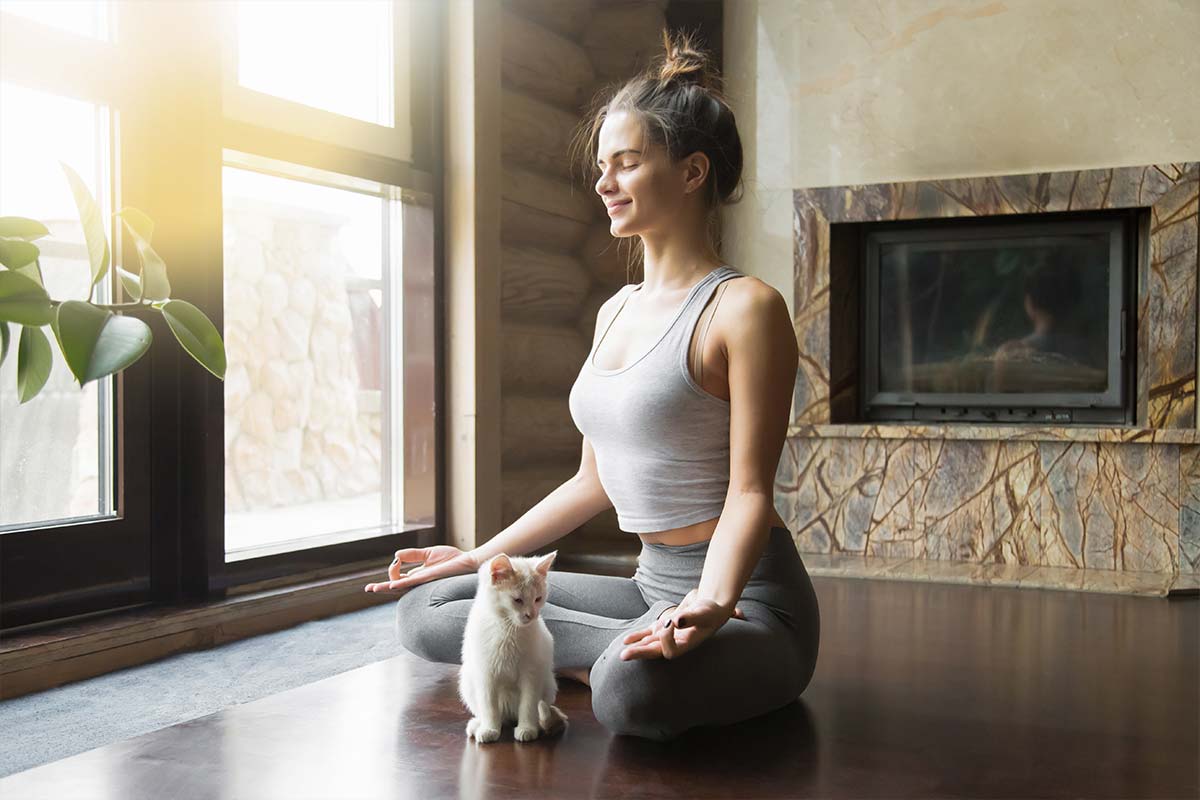
Ways to practice steadiness and joy:
The most basic meaning of the Sanskrit term asana is about simple sitting; in essence it’s about one’s connection with the ground. The world might be constantly turning, and life can get busy with competing demands and a fast pace, so finding some sense of stability can secure us so we don’t get swept away in the whirlwind of modern living. The more we connect and grow some steady roots that act as strong foundations, the more we can learn to flex and to flow with how things turn out. Instead of defensively bracing against misfortune or becoming rigid in our attitudes, we learn to evolve.
We begin to understand how to do this through our physical asana practice. From simply standing steady in Mountain Pose, through to the uplifting joy of balancing poses or inversions where we delight in seeming to defy gravity. We might also find a more subtle combination of steadiness and joyful ease in postures such as Warrior 2. Balancing the strong leg position that holds us in place with a sense of openness, broadness and lift in the upper body and torso. These opposites create at once a sense of firmness and of flexibility – a steady and joyful posture.
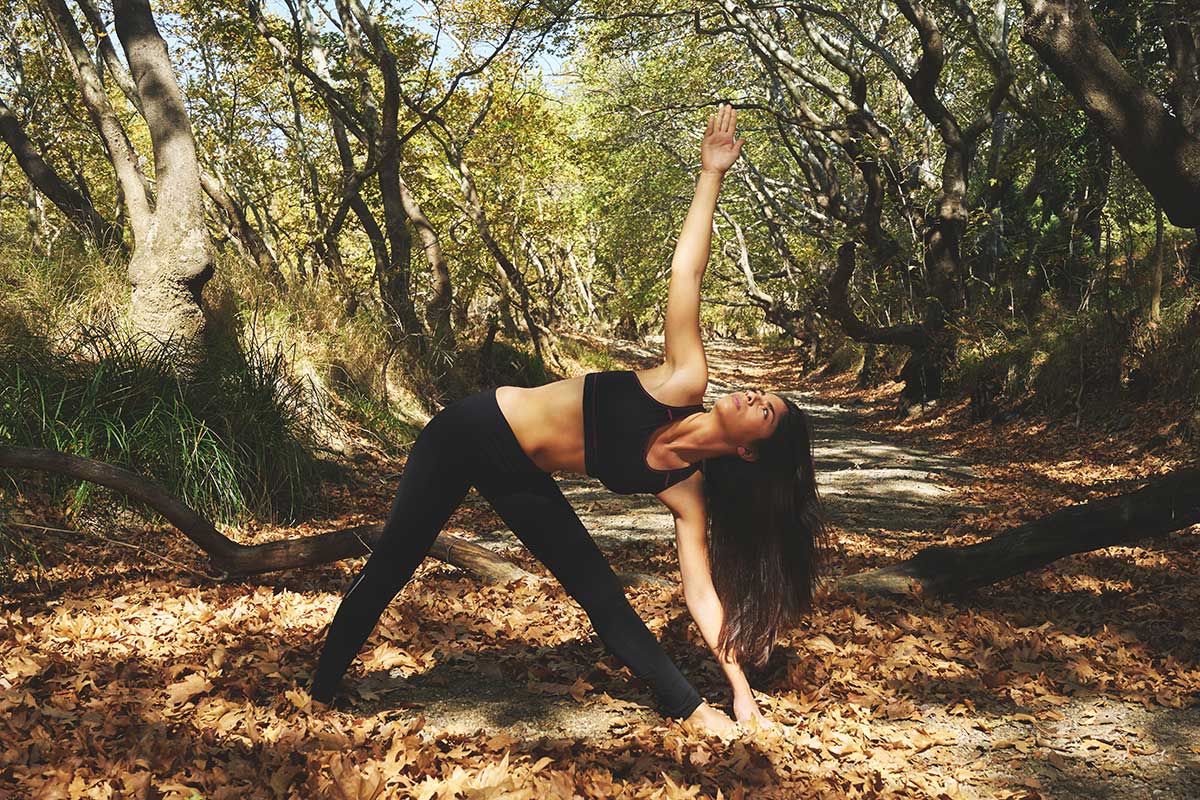
Try this on the mat:
- Be sure to start and end each practice with some grounding postures. Don’t zone out and lose focus because these poses feel easy; instead use the time to bring awareness to the gentle flow of breath and the places where your body physically connects with the ground.
- Consciously check in with how you feel in each posture of your practice, both physically and mentally. Can you bring more steadiness in seated and standing postures? How do you need to use your feet, your leg muscles, or your core and spinal column (depending whether you’re sitting or standing)? And how does this make you feel?
- Remember that it’s OK to have fun in yoga practice. It doesn’t always need to be so serious, even when we’re working hard with full concentration. Include your favourite yoga pose in your practice and cultivate that feeling of comfort and joy – you deserve it! Smiling is allowed in yoga!

Try this off the mat:
- Go barefoot! It might not always be practical outside for reasons of hygiene and safety, but relish any small moments when you can take your shoes off. It might be under the desk in the office, when you get home, or in your garden. Feel how your feet connect with the ground, how many small muscles move as you shift your stance. Stand still, close your eyes and just feel. Wobbling is totally fine!
- Grow some roots and establish a more literal connection to the earth in the garden or even a window box. It’s no accident yogis are often keen environmentalists!
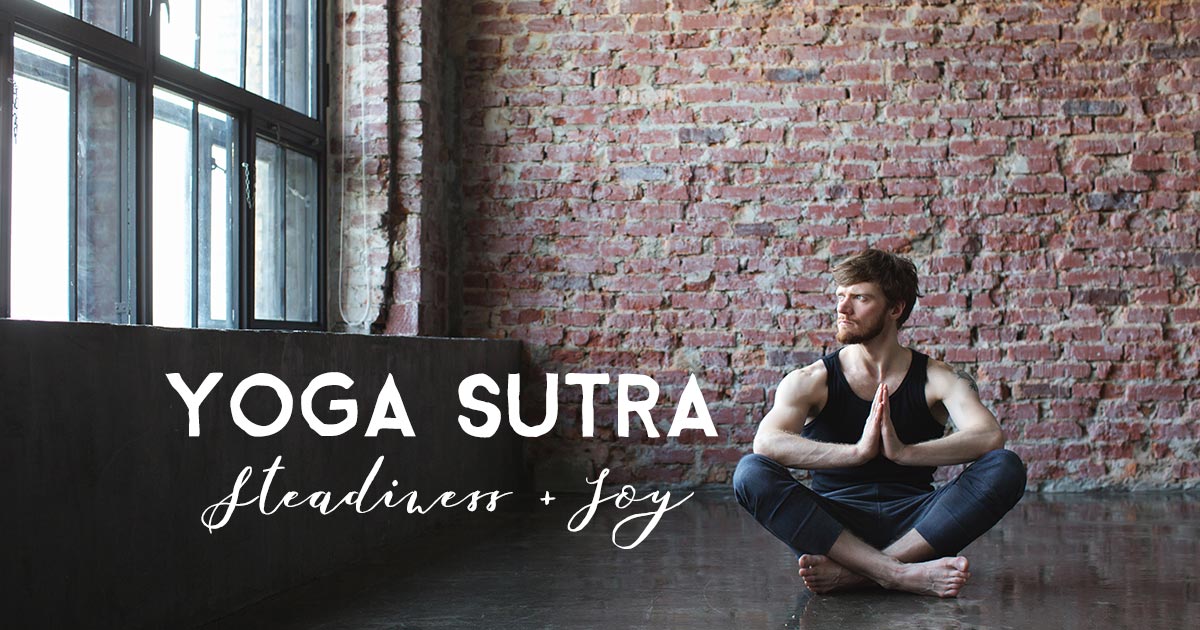
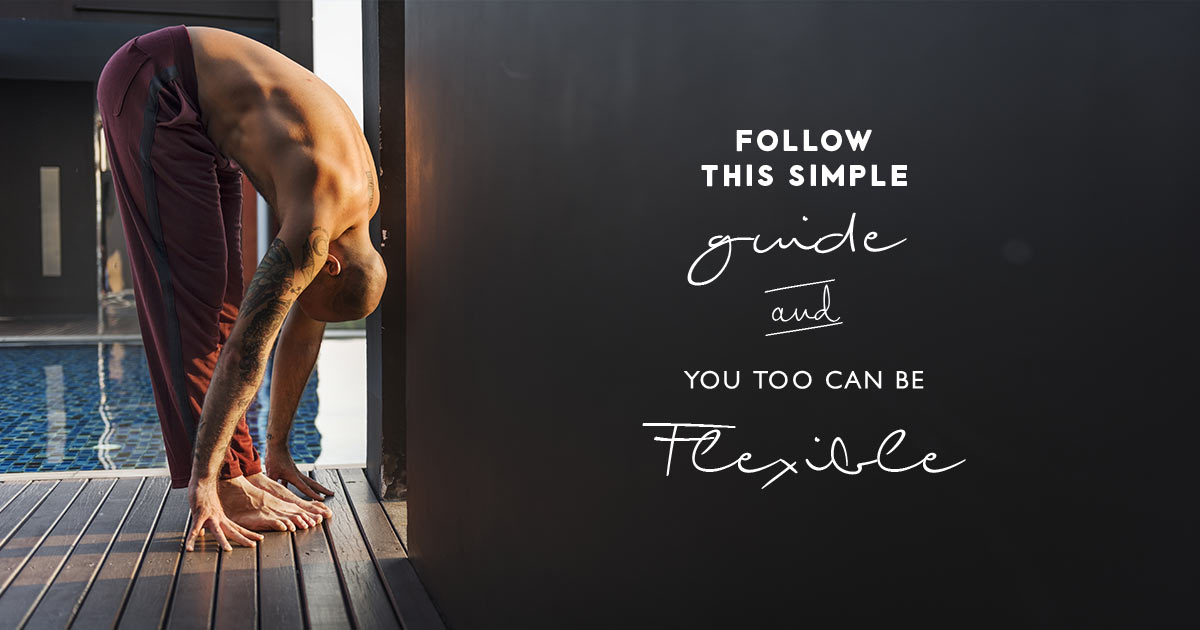
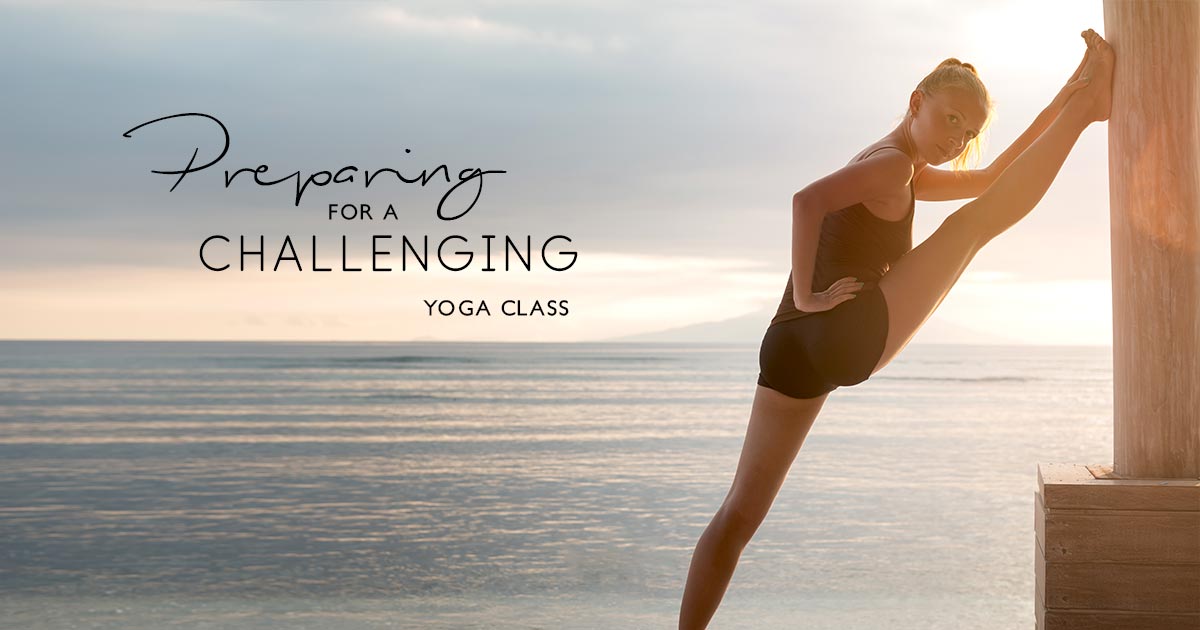
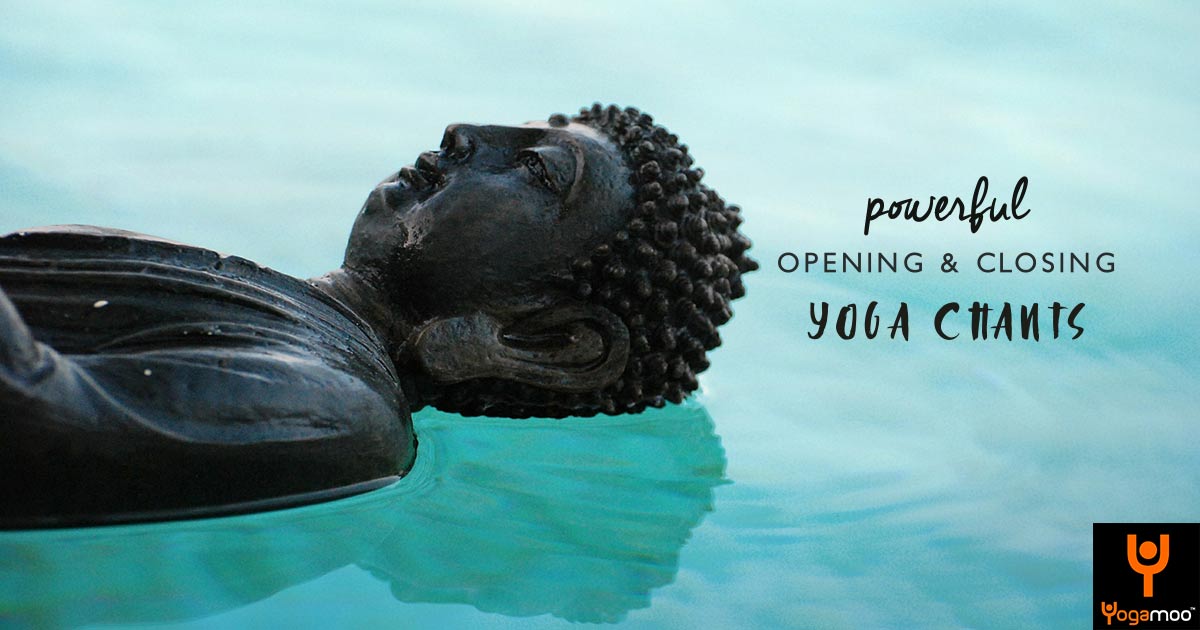
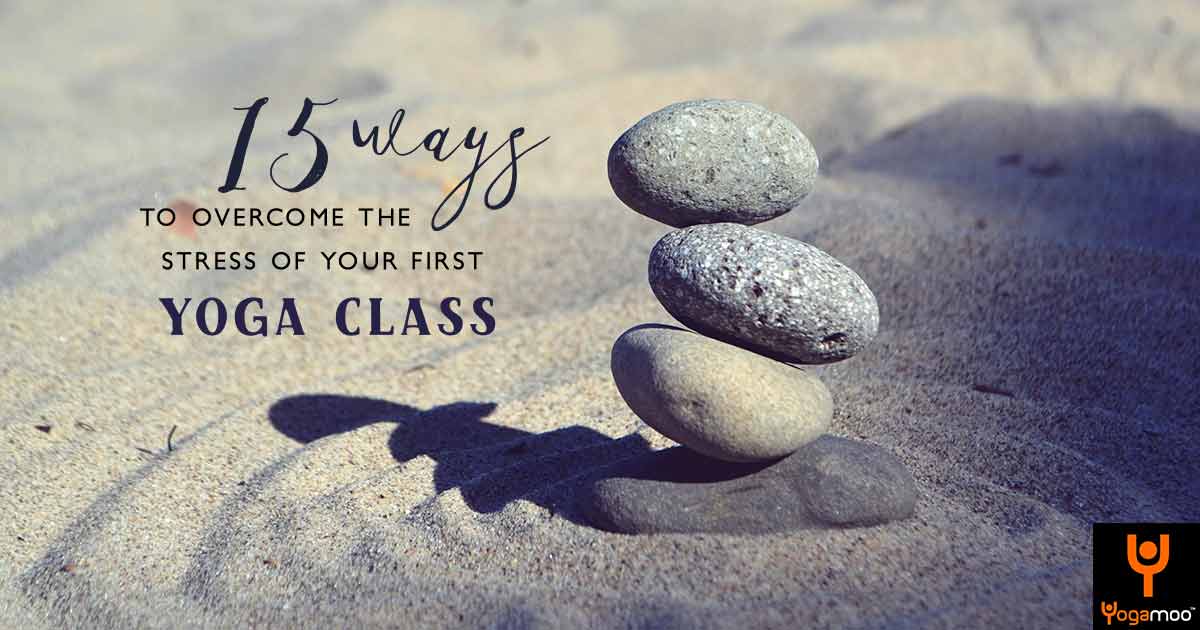
Leave A Comment